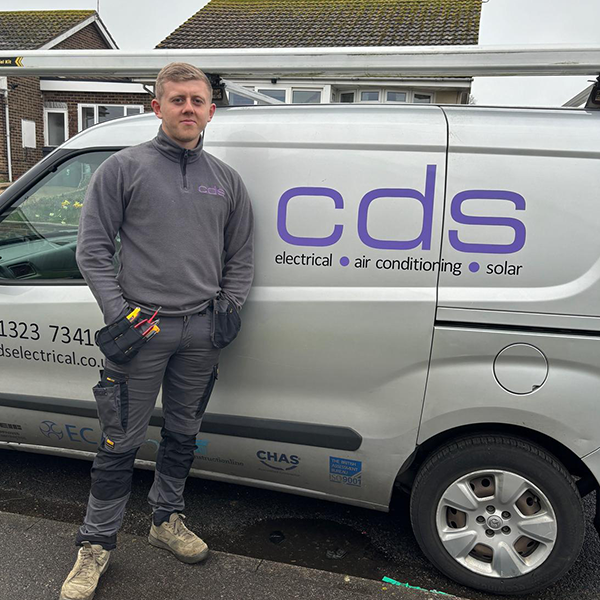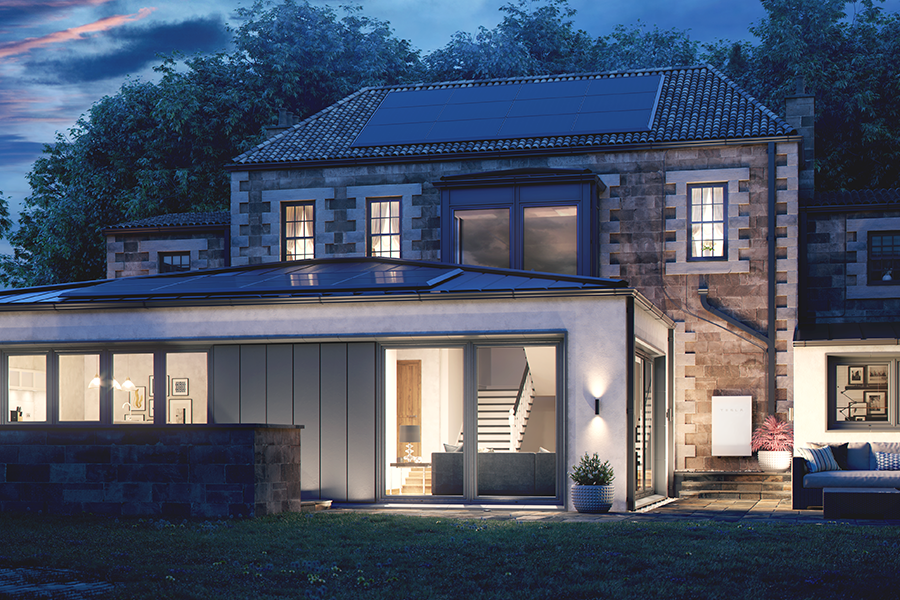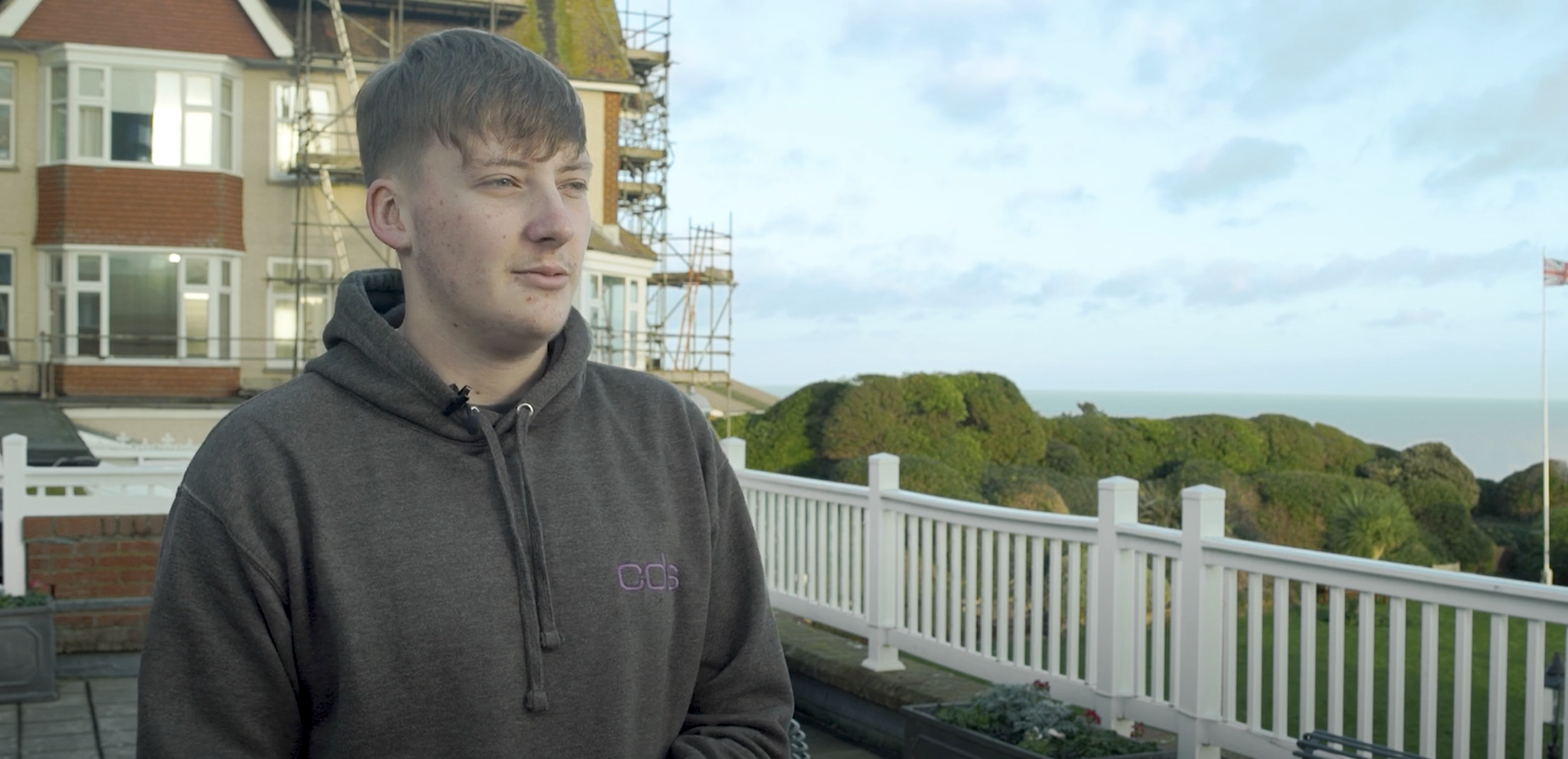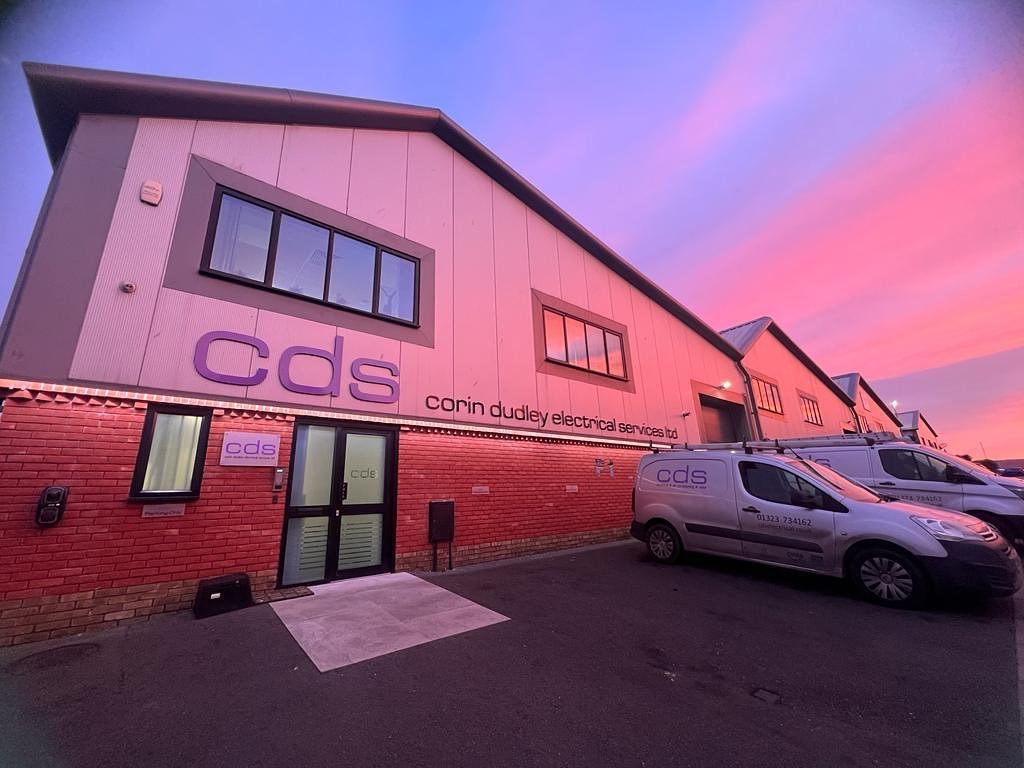
Latest News & Insights from CDS Electrical
Stay up to date with the latest electrical services news, useful tips and expert advice from CDS Electrical.
Our blogs cover everything from energy efficiency and electrical safety to renewable technology and industry trends, helping homeowners, businesses and public sector clients make smarter, safer and greener energy choices.

CDS Solar Installation Helps Local Household Achieve Nearly 80% Energy Self-Sufficiency in Less Than Two Weeks

Are air fryers really more energy efficient?

7 reasons why solar panels need cleaning

How do air source heat pumps work?

CDS Electrical pledges £300 to Children with Cancer Fund

CDS Electrical now offering heat pump installations

The importance of maintaining solar systems

Case Study: Illuminating innovation at Bill’s Restaurant

CDS Electrical's apprentice in the spotlight

CDS Electrical donates solar panels to Romanian Aid Foundation

5 ways to improve energy efficiency in your home

Why there’s never been a better time to invest in solar in Eastbourne

VAT cut on battery storage makes solar power more accessible than ever

Video: Interview with CDS Electrical Apprentice

Community first: Installing life-saving equipment in Eastbourne

7 reasons why air conditioning systems are the smart move for businesses

How CDS Electrical is reducing its carbon footprint

10 easy ways to make your home more energy efficient

8 ways your businesses can boost energy efficiency

